 |
|
Galileo L13 (Falcon 9) 17 September 2024 |
Space Launch Complex 40 Cape Canaveral Space Force Station |
A SpaceX Falcon 9 rocket launched the European Commission’s Galileo L13 mission to medium Earth orbit from Space Launch Complex 40 (SLC-40) at Cape Canaveral Space Force Station at 6:50 p.m. on 17 September 2024. This was the 22nd launch for this Falcon 9 first stage booster, which previously launched CRS-22, Crew-3, Turksat 5B, Crew-4, CRS-25, Eutelsat HOTBIRD 13G, O3B mPOWER, PSN SATRIA, Telkomsat Marah Putih 2, and 12 Starlink missions. Following stage separation, the first stage landed on the Just Read the Instructions droneship stationed in the Atlantic Ocean. During the Galileo L12 mission earlier this year, the Falcon 9 booster was expended to provide the additional performance needed to deliver the payload to its orbit. Data from that mission informed subtle design and operational changes, including mass reductions and trajectory adjustments, that allowed for safely recovering this booster for reuse. The booster reentry trajectory resulted in higher heating and dynamic pressure on the booster than many of the past landings. Although the reentry conditions were on the higher end of past missions, they were still acceptable. This landing attempt tested the bounds of recovery, providing valuable data on the design of the vehicle in these elevated entry conditions to help innovate on future vehicle designs to make the vehicles more robust and rapidly reusable while expanding into more challenging reentry conditions. |
|
 |
|
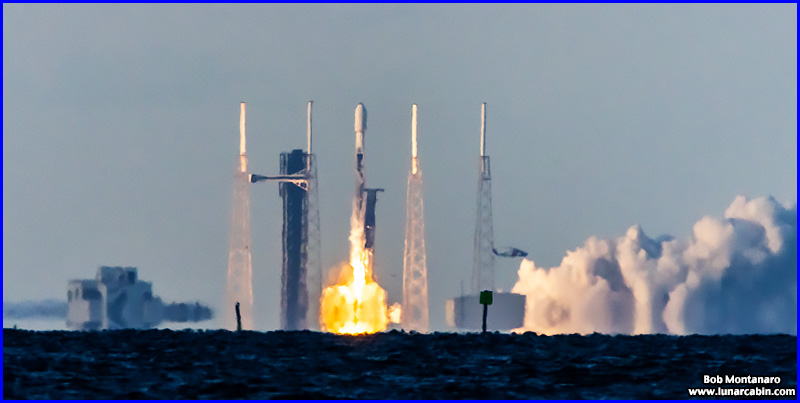 |
|
 |
|
 |
|
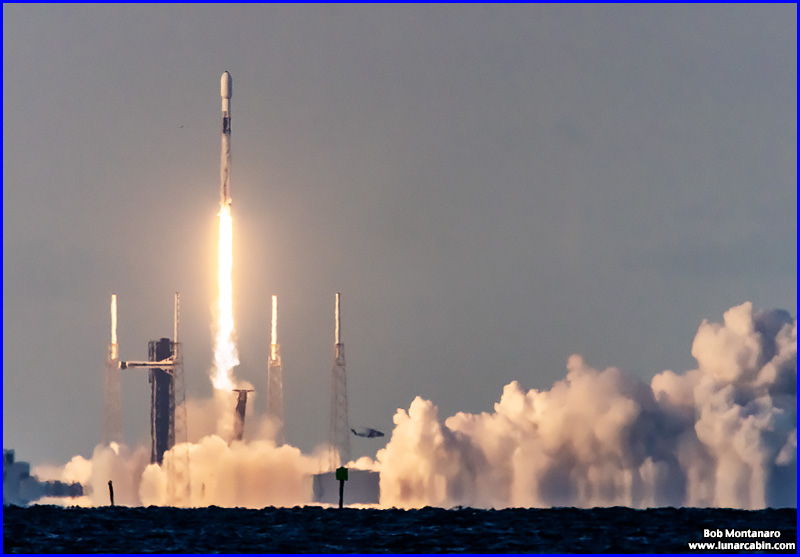 |
|
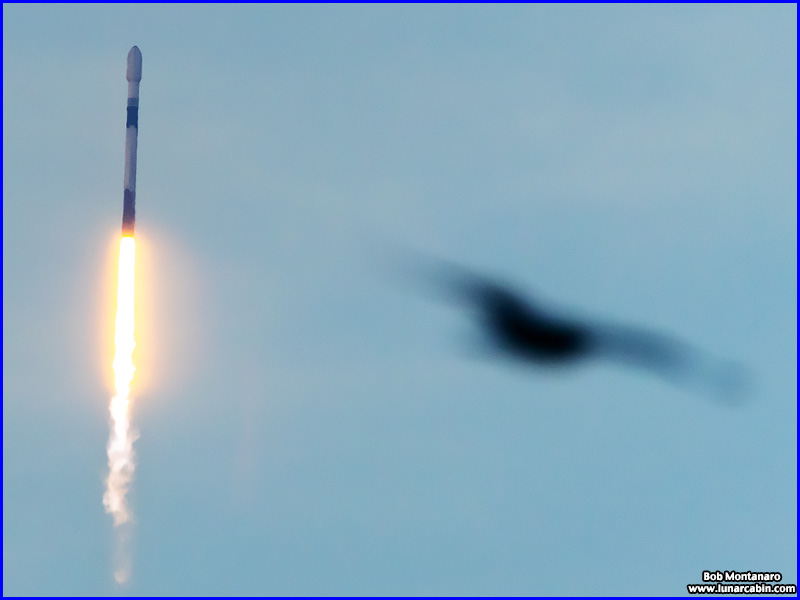 |
|
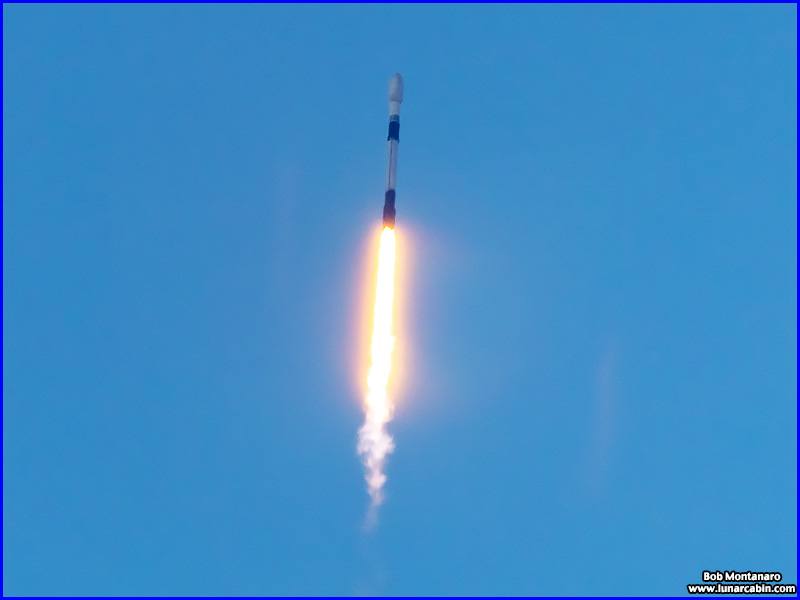 |
|
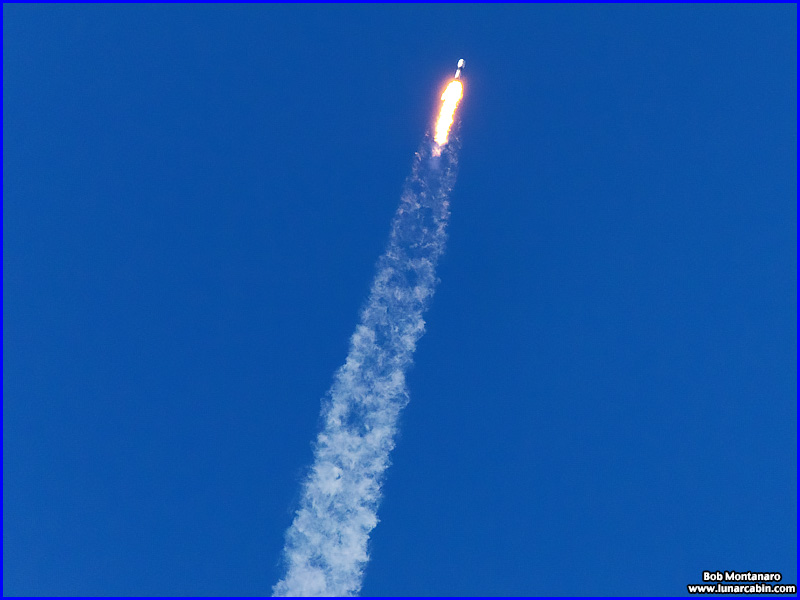 |
|
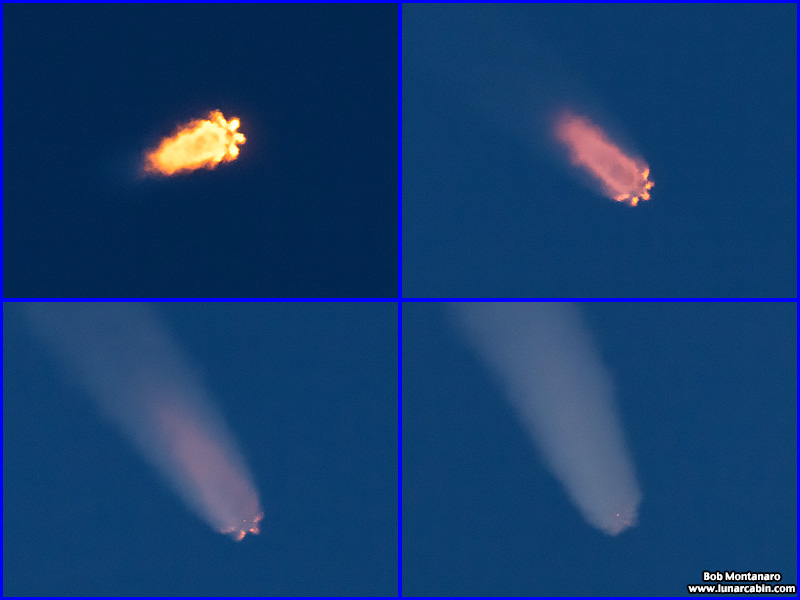 |
|
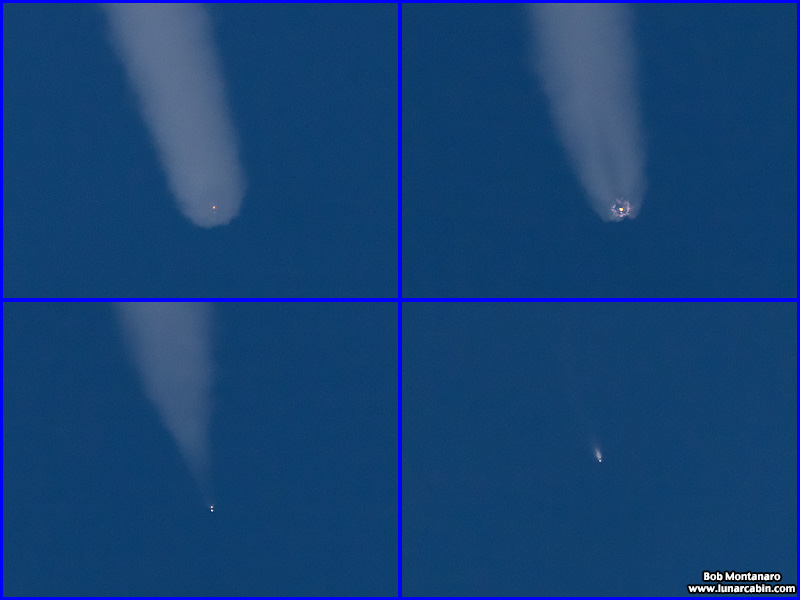 |
|
Main Engine CutOff (MECO) and first stage booster separation. |
|
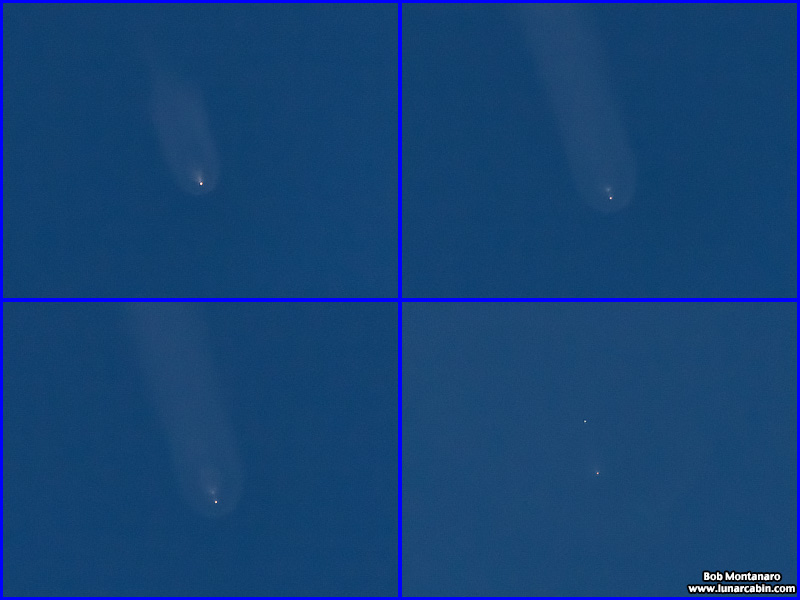 |
|
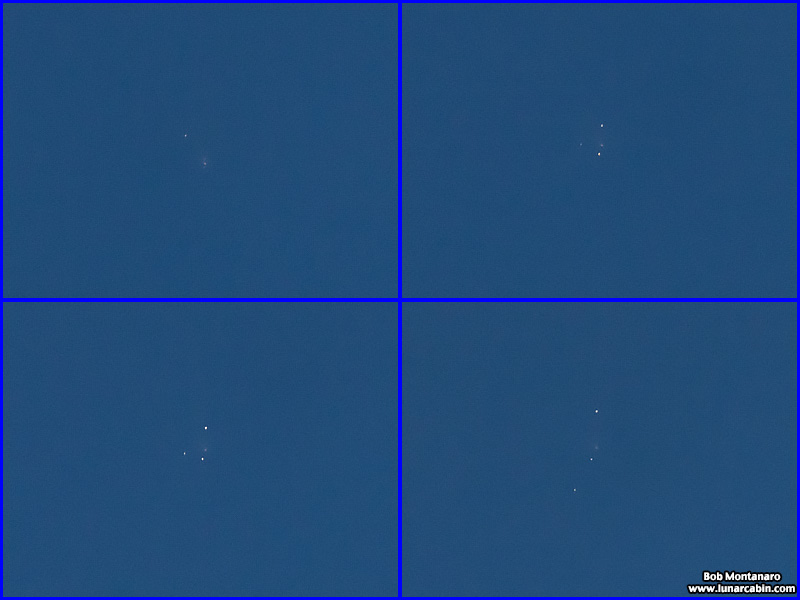 |
|
Fairing separation. |
|
FROM ESA GALILEO L13 MEDIA RELEASES |
|
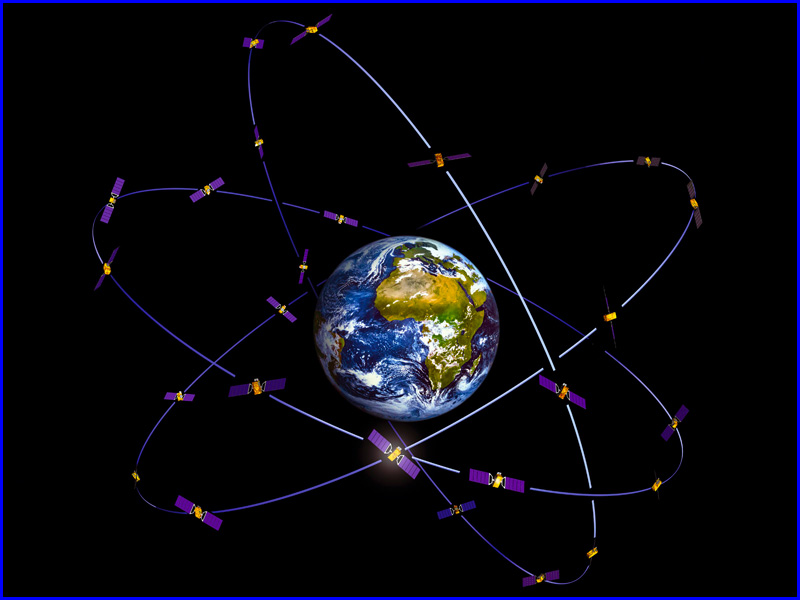 |
|
| Galileo is currently the world’s most precise satellite navigation system, serving over four billion smart phone users around the globe since entering Open Service in 2017. All smart phones sold in the European Single Market are now guaranteed Galileo-enabled. In addition, Galileo is making a difference across the fields of rail, maritime, agriculture, financial timing services and rescue operations. IMAGE CREDIT: European Space Agency | |
The 13th launch in the Galileo programme, performed by SpaceX under contract with ESA [European Space Agency], has taken Galileo satellites number 31 and 32 (FM26 and FM32) to medium Earth orbit, extending the constellation to make it more robust. In the coming weeks, the new satellites will reach their final destination at 23,222 km, where they will be tested prior to starting operations. ESA Director of Navigation Javier Benedicto said, “With the deployment of these two satellites, Galileo completes its constellation as designed, reaching the required operational satellites plus one spare per orbital plane. The remaining 6 Galileo First Generation satellites are expected to be deployed in 2025 and 2026 for increased robustness and performance, solidifying the resilience and reliability of Galileo and enabling uninterrupted delivery of the world’s most precise navigation.” ESA, as design authority and system development prime, together with manufacturer OHB, has developed and tested 38 satellites since the conception of Galileo. All but six satellites have been launched, with the remaining ones ready to join the constellation starting next year. They will be launched in pairs by Ariane 6, ESA’s new launcher that successfully completed its inaugural flight in July. Thereafter, the first batch of Galileo Second Generation (G2) satellites, currently under development by Thales Alenia Space and Airbus Defence and Space, will also be placed in orbit by ESA’s heavy launcher. |
|
All contents copyright Lunar Cabin |
|